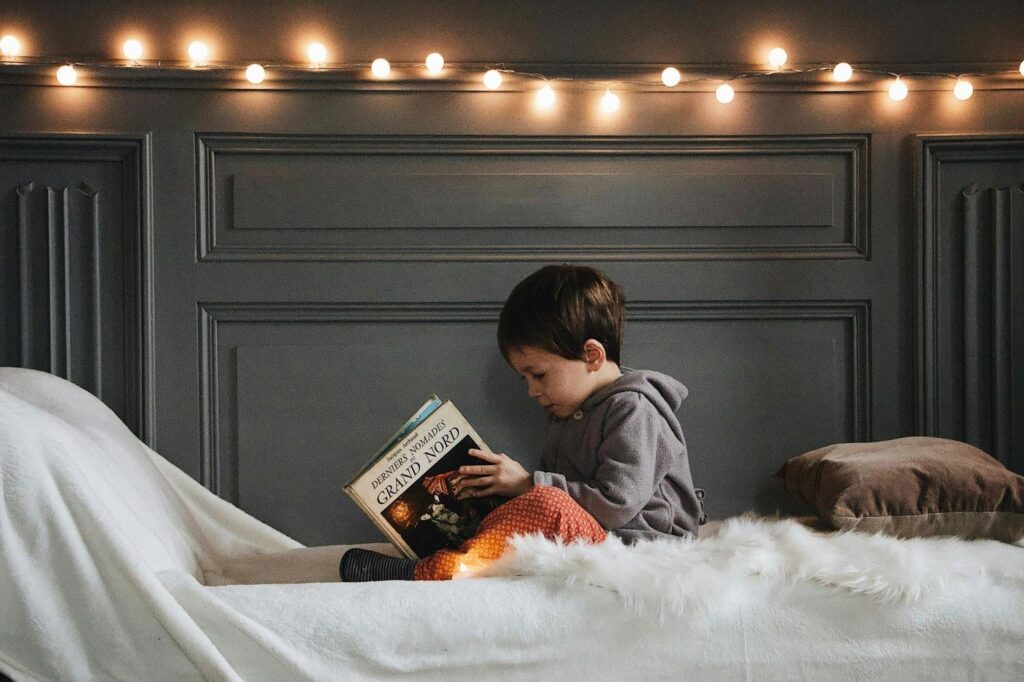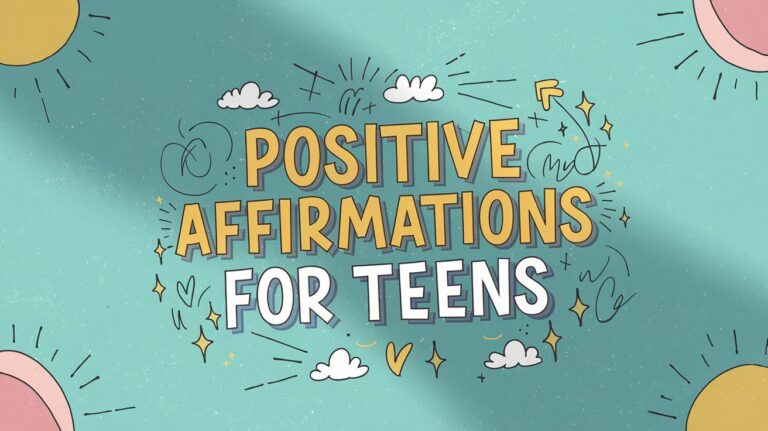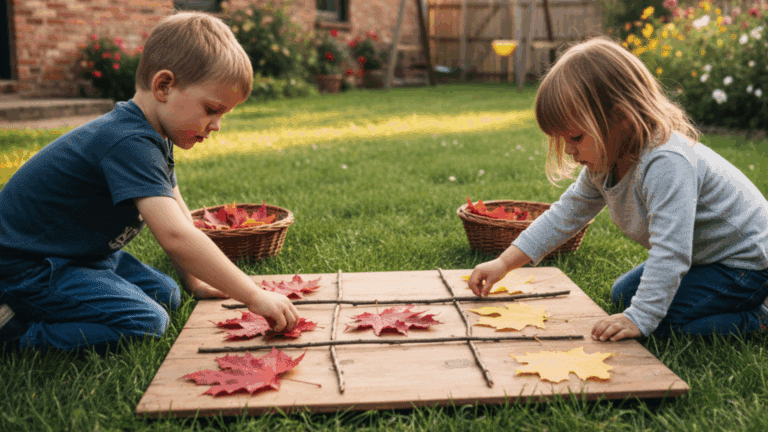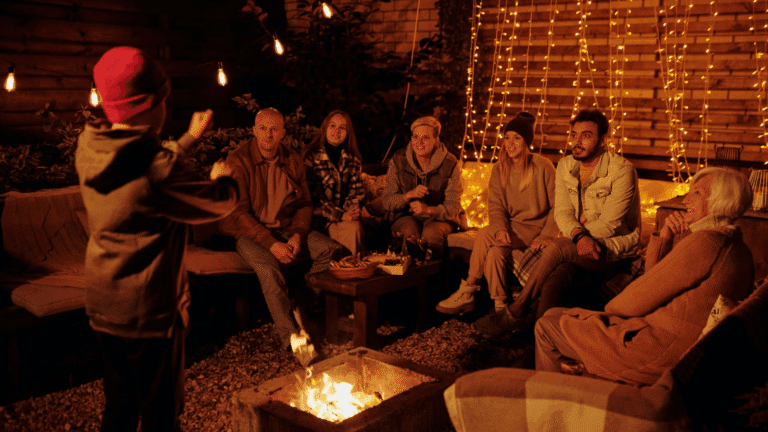Reading Contributes to the Development of a Child. A childrens book is not merely a collection of pages with words written on them: it is a portal to fantasy, artistic expression and knowledge.
No matter what stage your child is at, whether reading the shortest little stories, longer stories several pages long, or going on adventures with a chapter book, the right book can make any difference. This article will take you through the advantages of kids books, the major types of kids books you should focus on and methods of influencing children to read throughout their lives.
The Pros of Reading a Kids Book
Books can do much more than entertain children, they also influence how the children think, learn and develop. A child book, when selected properly, can:
- Refinement of vocabulary – Stories present new words in a natural way, expanding the vocabulary of children.
- Encourage the imagination – Books open up children to fantasy worlds inspiring imagination.
- Power Up Concentration and Memory – Story lines sharpen the ability to focus and remember.
- Develop Empathy and Emotional Skills – The stories of characters are a lesson in kindness, problem solving and resilience.
- Prepare to be successful in school – Early reading habits provide kids self-assurance in school.
The Children Books Types
There are following common kids book types:
- Alphabets and Phonics Book
The books are used to teach letters, sounds, and some of basic word formations to children. They can be especially helpful with early learners as the first to begin their reading experience. - Picture Books
Stories are fun and interactive with the presence of colorful illustrations. Picture books blend words with visualisations, and therefore are appropriate with toddlers and preschoolers. - Storybooks within Repeating
Rhyming and repetition aids children in memorizing words without difficulty. This repetition gears reading fluency and confidence. - Interactive Books
Books with flaps, questions, pop-ups are captivating to the children. They make reading an active exercise and make it interesting and memorable. - Very Early Chapter Books
Chapter books further the story length up a notch as they also contain illustrations to aid the children in the read.
Let’s Make Reading Joyful to Kids
- Create a Habit – Block off some time everyday to read.
- Give Kids a Choice – Allow them to choose the books of their interest.
- Read Together – Read out loud to gain confidence, connection.
- Use of Expressions – The story comes alive with use of different voices and tones.
- Celebrate Progress – Wildly applaud when your child finishes reading a book, mastering new words etc.
Reading Plan
In order to know where to start here is a simple routine to follow:
- Day 1: Alphabet and Phonics – This introduces the kids to the sounds that each letter produces and simple word formation.
- Day 2: Happy Picture Book Day – Read a bright book and discuss the drawings.
- Day 3: Repetitive Storybook – You can pick a story that rhymes with a child and repeat with them.
- Day 4: Interactive Book – Choose a lift-the-flap or pop-up book and make reading fun.
- Day 5: Early Chapter Book – Read a chapter of a short book and ask what do you think will happen next?
- Day 6: Free Choice – Leave it up to your child to choose any book he/she wants.
- Day 7: Rest or Re-Read Favorite Story – Repeat a favorite book as a memory booster and as fun.
Tips on Educators and Parents
You should follow the directions to read to your young ones as early as possible; even babies enjoy hearing your voice. Have some diverse books at home that will help to start the interest. Trip to libraries or bookshops together to have an exploration of the new titles. Foster use of adults as storytellers – enable children to tell you about the scenes in their pictures. Wait; every child will learn at his/her own time.
Final Thoughts
A kids book is not just an entertainment but an instrument that helps to shape the language, imagination and long-lasting learning. By selecting books, which are the interest of your child and relate to their age, you engage the child in reading, but you also show them how to fall in love with this activity. Certain reading, encouragement and through the use of appropriate selection of books, children can eventually evolve into confident readers who view books as their life-long friends.
Frequently Asked Questions (FAQs)
1. At what age should I start reading kids books to my child?
You can start as early as infancy. Even simple board books help babies enjoy language and sounds.
2. How many minutes should a child read daily?
Around 15–30 minutes a day is ideal, depending on age and interest.
3. Can picture books help older kids too?
Yes, picture books build creativity and are great for visual learners of any age.
4. Are audiobooks useful for kids?
Absolutely! Audiobooks improve listening skills and make stories fun while on the go.
5. What if my child only wants to read one type of book?
That’s okay! Encourage variety slowly, but let them enjoy what excites them.
6. How can I tell if a book is too hard?
Use the “five-finger rule”—if they struggle with more


















